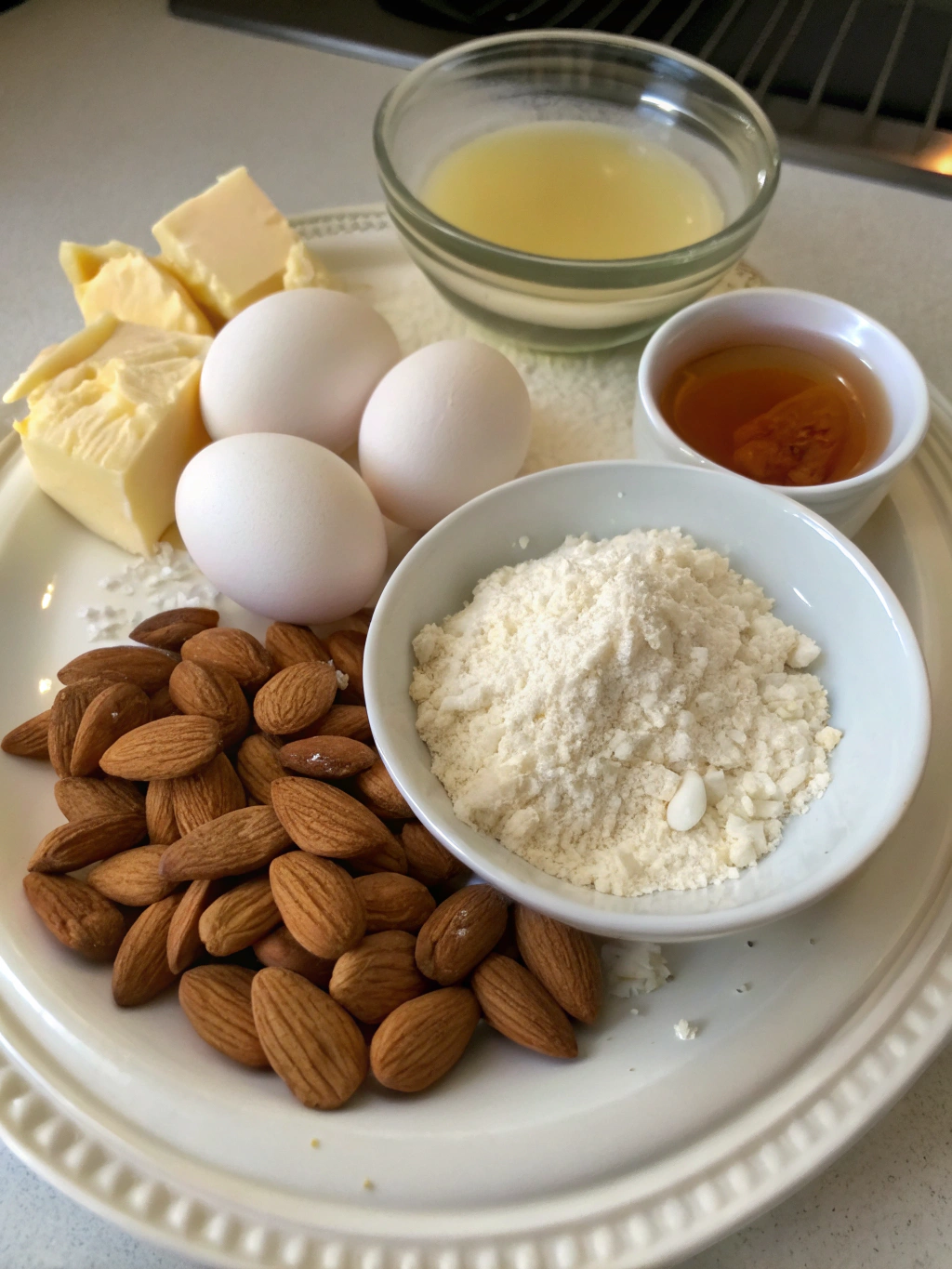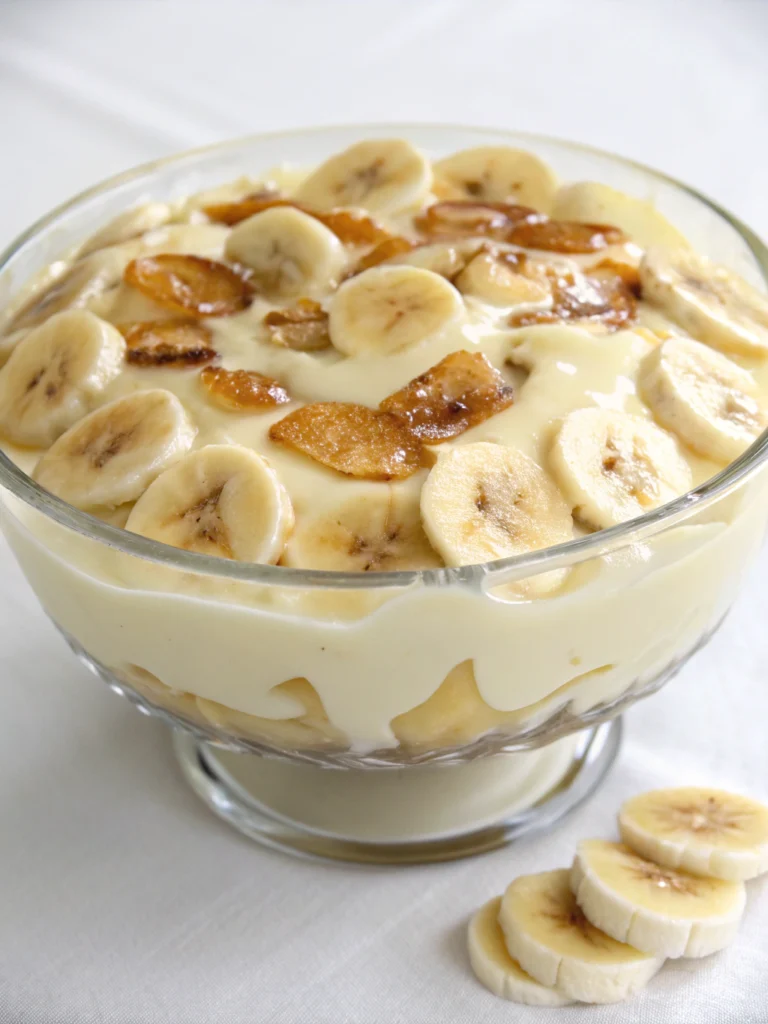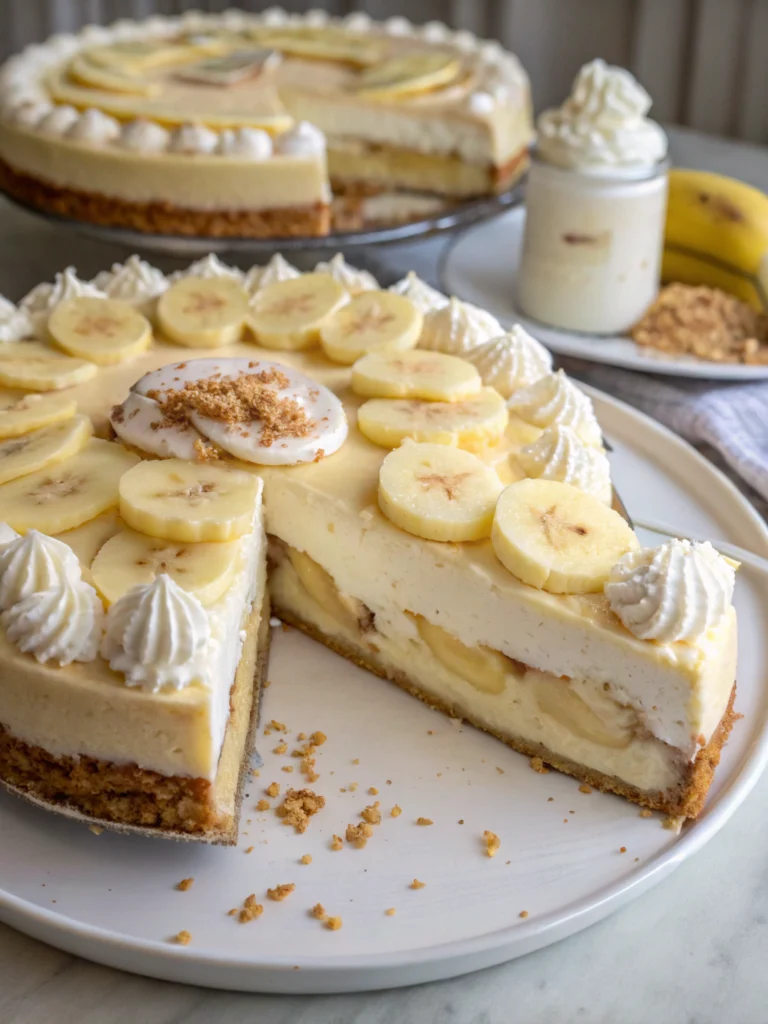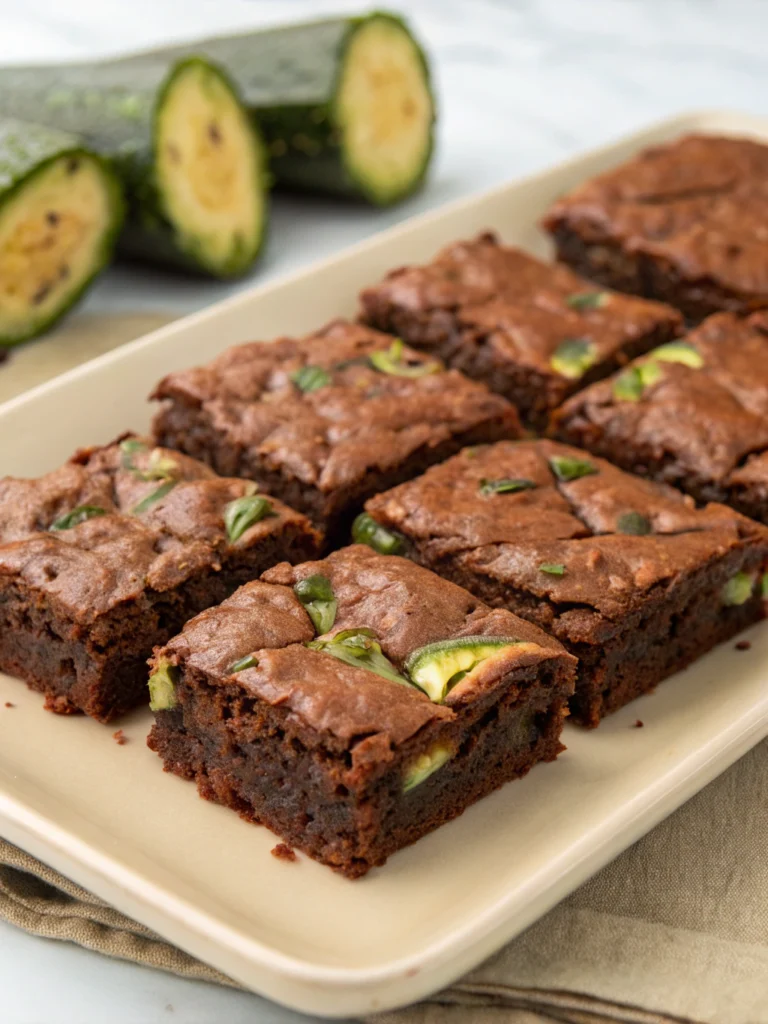Almond Cookies
These delicate, buttery almond cookies are the perfect balance of crisp edges and chewy centers, with a rich almond flavor that makes them irresistible. This timeless recipe uses simple ingredients but delivers exceptional results that will have everyone asking for seconds.
Easy Almond Cookies Recipe
There’s something magical about the aroma of freshly baked almond cookies filling your kitchen. These classic treats have been cherished for generations, with their delicate crumb and distinctive almond flavor that perfectly complements a cup of tea or coffee. What makes this almond cookies recipe special is its simplicity—you don’t need advanced baking skills to create these delightful morsels that taste like they came straight from a high-end bakery.
Almond cookies hold a special place in many cultural traditions, particularly during holidays and celebrations. Whether you’re preparing them for Chinese New Year, holiday cookie exchanges, or simply as a weekend treat, these versatile cookies never disappoint. The subtle nuttiness and not-too-sweet profile make them perfect year-round.
THIS RECIPE:
- Uses simple pantry ingredients you likely already have
- Requires no special equipment beyond basic baking tools
- Features a pronounced almond flavor without being overpowering
- Can be made ahead and frozen for convenient homemade treats anytime
| Recipe Details | Information |
|---|---|
| Prep Time | 15 minutes |
| Chill Time | 30 minutes |
| Bake Time | 12-15 minutes |
| Total Time | 1 hour |
| Servings | 24 cookies |
| Yield | 2 dozen cookies |
This almond cookies recipe is perfect for both novice and experienced bakers. The dough comes together quickly, and the finished cookies have that perfect balance of crisp edges and slightly chewy centers. The simple ingredient list belies the complex flavor that develops as they bake, making these cookies taste far more sophisticated than their easy preparation would suggest.
Ingredients for Almond Cookies
The secret to exceptional almond cookies lies in using the highest quality ingredients you can find. Since the flavor profile is relatively simple, each component plays a crucial role in the final result. Fresh, high-quality almonds and pure almond extract will make a noticeable difference in the depth of flavor.
Main Cookie Ingredients:
- 2 cups all-purpose flour
- 1/2 teaspoon baking powder
- 1/4 teaspoon salt
- 1 cup unsalted butter, softened
- 3/4 cup granulated sugar
- 1 large egg
- 1 1/2 teaspoons pure almond extract
- 1 cup finely ground almonds (almond meal)
- 1/2 cup sliced almonds (for topping)
Optional Glaze:
- 1 cup powdered sugar
- 2-3 tablespoons milk
- 1/4 teaspoon almond extract
The quality of your almonds will significantly impact the flavor of your cookies. Look for fresh, unsalted almonds with a sweet aroma. Pre-packaged almond meal works well, but grinding your own almonds will provide the freshest flavor. Similarly, using pure almond extract rather than artificial flavoring will yield a more authentic taste.
| Ingredient Category | Recommended Quantity | Quality Tips |
|---|---|---|
| Almonds | 1 cup ground, 1/2 cup sliced | Choose fresh, unsalted almonds with no rancid smell |
| Almond Extract | 1 1/2 teaspoons | Use pure extract rather than imitation for best flavor |
| Butter | 1 cup unsalted | European-style butter with higher fat content creates richer cookies |
| Flour | 2 cups | Unbleached all-purpose flour provides the best structure |
| Sugar | 3/4 cup | Fine granulated sugar incorporates most evenly |
How to Make Almond Cookies
Creating perfect almond cookies relies on proper technique and attention to detail. The process is straightforward, but a few key steps ensure your cookies develop that ideal texture—crisp around the edges with a tender, slightly chewy center. Let’s walk through the entire process from mixing to cooling.
Prepare your workspace: Preheat your oven to 350°F (175°C) and line two baking sheets with parchment paper or silicone baking mats.
Mix dry ingredients: In a medium bowl, whisk together the flour, baking powder, and salt until well combined. Set aside.
Cream butter and sugar: In a large mixing bowl, beat the softened butter and granulated sugar until light and fluffy, about 2-3 minutes using an electric mixer on medium speed. The mixture should be pale yellow and notably increased in volume.
Add wet ingredients: Beat in the egg until completely incorporated, followed by the almond extract. Scrape down the sides of the bowl as needed.
Incorporate dry ingredients: Gradually add the flour mixture to the butter mixture, mixing on low speed just until combined. Do not overmix.
Add almond meal: Fold in the ground almonds using a spatula until evenly distributed throughout the dough.
Chill the dough: Cover the bowl with plastic wrap and refrigerate for at least 30 minutes. This helps prevent spreading and enhances the flavor.
Shape the cookies: Using a cookie scoop or tablespoon, portion the dough into 1-inch balls and place them about 2 inches apart on the prepared baking sheets.
Add toppings: Gently press a few sliced almonds onto the top of each cookie.
Bake to perfection: Bake for 12-15 minutes, until the edges are slightly golden but the centers still appear soft.
Cool properly: Allow the cookies to cool on the baking sheets for 5 minutes before transferring to a wire rack to cool completely.
Add optional glaze: If desired, whisk together powdered sugar, milk, and almond extract until smooth, then drizzle over cooled cookies.
Pro tip: For perfectly uniform cookies, use a kitchen scale to weigh each portion of dough (about 25-28g per cookie).
Tips for Making Almond Cookies
Mastering homemade almond cookies is easy when you know these professional baker’s secrets. These tips will help you troubleshoot common issues and elevate your cookies from good to exceptional.
• Temperature matters: Ensure all refrigerated ingredients reach room temperature before mixing for the most uniform dough.
• Don’t rush the creaming: Properly creamed butter and sugar creates air pockets that give your cookies their perfect texture.
• Watch the clock: Overbaked almond cookies lose their chewy center; they’re done when the edges are just turning golden.
• Use parchment: Baking on parchment paper prevents sticking and promotes even browning.
| Technique | Recommendation | Why It Works |
|---|---|---|
| Measuring Flour | Spoon and level, don’t scoop | Prevents dense, dry cookies from packed flour |
| Mixing | Mix dry ingredients minimally | Develops less gluten for tender cookies |
| Chilling | At least 30 minutes, up to overnight | Prevents spreading and enhances flavor development |
| Portioning | Use a cookie scoop for uniform sizes | Ensures even baking and professional appearance |
The most critical step is properly creaming the butter and sugar. This process incorporates air into the dough, creating the foundation for the cookies’ texture. Spend a full 2-3 minutes beating at medium speed until the mixture is notably lighter in both color and texture before adding the remaining ingredients.
Make-Ahead Instructions
One of the great advantages of this almond cookies recipe is how well it lends itself to advance preparation, perfect for busy holidays or when you want homemade treats without same-day effort.
The cookie dough can be prepared up to 3 days in advance and stored in the refrigerator. Simply wrap the dough tightly in plastic wrap or store in an airtight container. When ready to bake, allow the dough to sit at room temperature for 15-20 minutes to become more pliable before shaping.
For even longer storage, the unbaked dough can be frozen for up to 3 months. Form the dough into a log shape about 2 inches in diameter, wrap tightly in plastic wrap, then aluminum foil, and freeze. When ready to bake, you can slice the frozen dough into rounds and add a few extra minutes to the baking time.
You can also freeze shaped, unbaked cookie portions. Arrange the dough balls on a baking sheet, freeze until solid, then transfer to a freezer bag. Bake straight from frozen, adding 2-3 minutes to the baking time.
Storing Leftovers
Proper storage is essential for maintaining the texture and flavor of your homemade almond cookies. Follow these guidelines to keep your cookies fresh and delicious.
Store completely cooled almond cookies in an airtight container at room temperature for up to 1 week. Separate layers with parchment paper to prevent sticking or breaking. Adding a slice of bread to the container helps maintain moisture and keeps the cookies soft and chewy.
For longer storage, refrigeration is an option, though it may slightly alter the texture. Refrigerated cookies will keep for up to 2 weeks. Allow them to come to room temperature before serving for the best flavor and texture.
If you’ve added a glaze to your cookies, wait until it’s completely set before storing to prevent stickiness and smudging.
Pro tip: If your cookies begin to harden after a few days, place a small damp paper towel in the container overnight (not touching the cookies). This will restore some moisture and revive their texture.
Freezing Almond Cookies
These almond cookies freeze beautifully, making them perfect for advance holiday preparations or anytime you want a quick homemade treat on demand.
To freeze baked almond cookies, ensure they are completely cooled. Arrange them in a single layer on a baking sheet and freeze until solid (about 1-2 hours). Transfer the frozen cookies to a freezer-safe container or heavy-duty freezer bag, placing parchment paper between layers to prevent sticking. Properly wrapped, the cookies will maintain quality for up to 3 months.
When ready to enjoy, thaw frozen cookies at room temperature for about 1 hour. For a fresh-baked taste, warm thawed cookies in a 300°F oven for 3-4 minutes.
For glazed cookies, consider freezing them unglazed, then adding the glaze after thawing for the best appearance and texture.
Serving Suggestions
Transform your almond cookies from a simple treat to a memorable dessert experience with these thoughtful serving suggestions.
These delicate cookies pair beautifully with hot beverages like Earl Grey tea, coffee, or an almond milk latte that complements their nutty flavor. For a more indulgent presentation, sandwich two cookies with a thin layer of raspberry jam or chocolate ganache to create an elegant dessert.
Almond cookies make an excellent accompaniment to fruit-based desserts. Serve them alongside a scoop of vanilla ice cream with fresh berries, or as part of a diverse cookie platter with other complementary flavors like lemon shortbread or chocolate chip.
For an elevated presentation, dust plated cookies lightly with powdered sugar just before serving, or drizzle with a thin stream of melted white chocolate. These cookies are best served at room temperature, when their flavor is most pronounced and their texture perfectly balanced between crisp and chewy.
Beverage pairings:
- Vin Santo or other dessert wines
- Hot chocolate with a dash of amaretto
- Chai tea with steamed milk
- Espresso or cappuccino
FAQ
Can I use almond flour instead of all-purpose flour in this recipe?
You cannot substitute all the all-purpose flour with almond flour as it would change the structure too dramatically. However, you can replace up to 1/4 cup of the all-purpose flour with almond flour for enhanced almond flavor without compromising the cookie’s structure.
What can I substitute for almond extract?
If you don’t have almond extract, vanilla extract is the best alternative, though it will change the flavor profile. For a more authentic almond flavor without extract, try adding 1/4 teaspoon of amaretto liqueur or increase the amount of ground almonds by 2 tablespoons.
Why did my almond cookies spread too much during baking?
Excessive spreading usually results from butter that’s too warm or insufficient chilling time. Ensure your dough is properly chilled for at least 30 minutes before baking, and consider refrigerating the shaped cookies for an additional 15 minutes before baking if your kitchen is warm.
Can I make these cookies gluten-free?
Yes, you can use a 1:1 gluten-free flour blend designed for baking in place of all-purpose flour. The cookies may have a slightly different texture but will still be delicious. Adding 1/4 teaspoon of xanthan gum can help improve the structure if your gluten-free blend doesn’t already include it.
How do I know when almond cookies are done baking?
Look for golden edges while the centers still appear slightly soft—they will continue to firm up as they cool. Overbaking results in dry, crunchy cookies rather than ones with chewy centers. The cookies should have a subtle golden hue but should not be brown all over.








